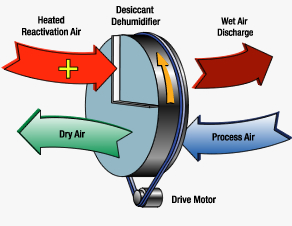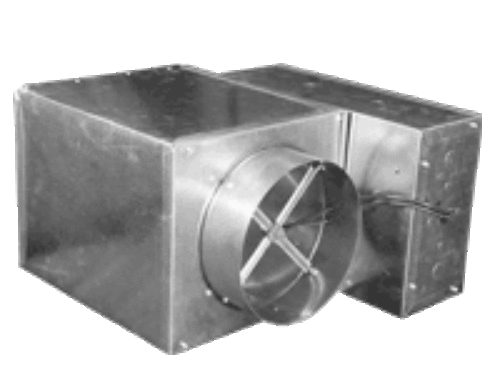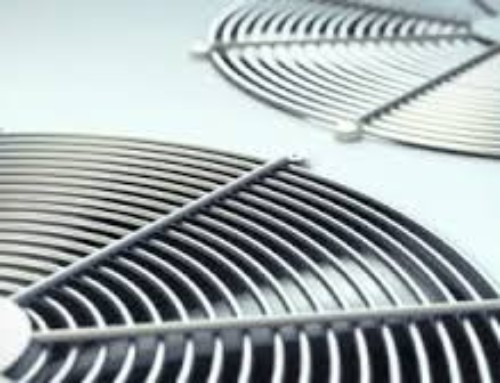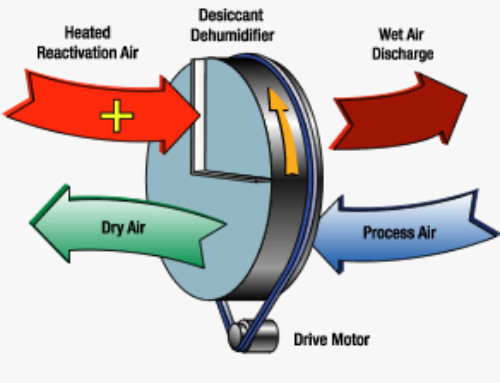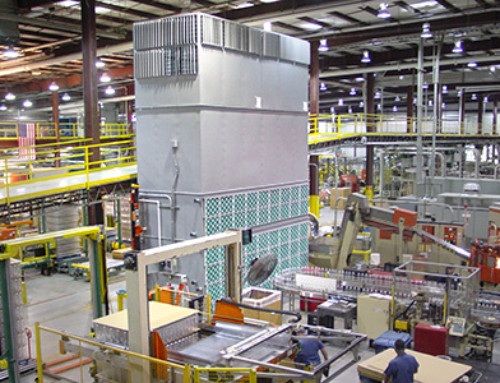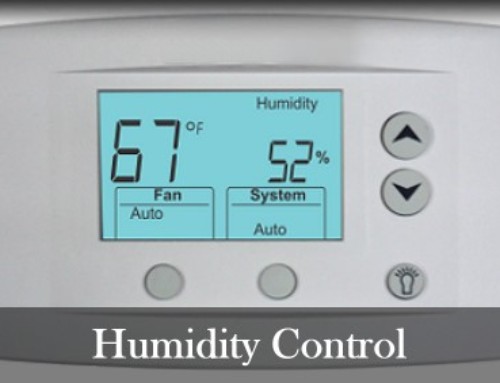Over the years all of us in the industry have had the issue where a space has a humidity problem and as an engineer, mechanical contractor, building owner or equipment vendor has been asked what can be done.
If the HVAC unit is old, many will simply replace the old unit with a new unit with Hot-Gas reheat and be done. However, in many cases, this may not be viable.
To start, hot-gas reheat is not doing the dehumidification (please refer to our hot-gas reheat article), the cooling coil is. The least expensive option is to add a duct heater with a humidistat and be done. It should be noted this is against the energy code as you are using power for simultaneous heating and cooling.
Another option is to use a wrap-around heat pipe dehumidification coil. Just like hot-gas reheat, you are using waste heat to compliment the cooling coil for a dehumidification cycle. However, if you have a DX system, you are not modifying the existing refrigerant piping; you simply are using the sensible heat of the air to dehumidify (more info here). This can also be used with chilled water cooling coils.

A Pre-Cooling Coil reduces load and is used as reheat
FIG 1: HEAT PIPE WRAP-AROUND
In many cases adding a small desiccant dehumidifier, either as independent or in a bypass arrangement may be best. By using a small amount of air (ex, 25-30% of supply) at 40 dew point, you are wringing out the moisture, again, independent of the house system.
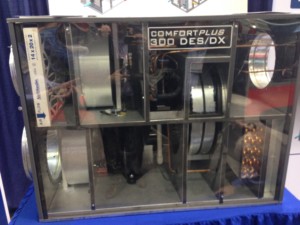
the internals of the DES/DX technology using the condenser to regenerate the desiccant wheel
FIG 2a, 2b: NOVELAIRE COMMERCIAL-GRADE DEHUMIDIFIERS (STARTING AT 55 CFM)
Keep in mind that in some cases, the issue of high relative humidity may be caused by either the unit being oversized or having a lack of capacity control. That too should be addressed.
The Good Better Best of Dehumidification
Hot Gas Reheat, Hot gas bypass, Modulating Compressors, the rundown


